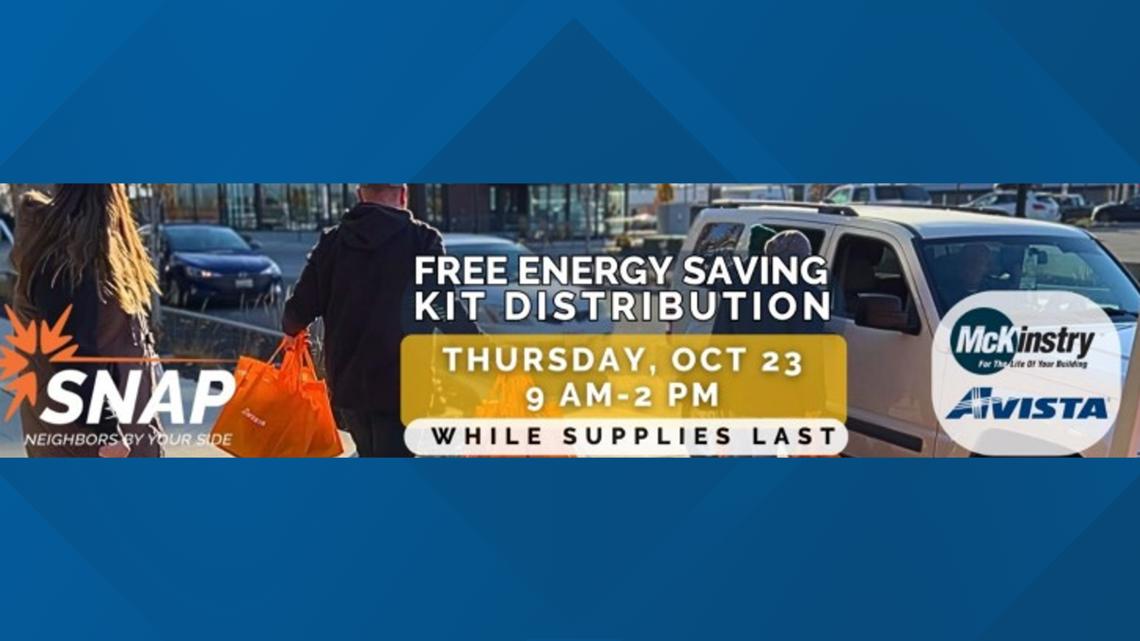Report on Hazardous Chemicals in Personal Care Products and Implications for Sustainable Development Goals
This report analyzes the prevalence and impact of hazardous chemicals in the beauty and personal care industry, framing the issue within the context of the United Nations Sustainable Development Goals (SDGs). The findings highlight significant challenges to achieving key global targets, particularly those related to health, responsible consumption, and environmental protection.
Analysis of Health and Well-being Impacts (SDG 3)
The presence of toxic ingredients in cosmetics poses a direct threat to SDG 3: Good Health and Well-being. Exposure to these chemicals is linked to severe health conditions, undermining the goal of ensuring healthy lives for all.
- A 2021 analysis of 231 cosmetic products revealed that 52% contained per- and polyfluoroalkyl compounds (PFAS), which are known hormone disruptors linked to numerous health concerns.
- High levels of PFAS were identified in common products, including 82% of waterproof mascaras, 63% of foundations, and 62% of long-lasting lipsticks.
- Specific case studies, such as mercury poisoning from an imported facial moisturizer leading to psychosis and tremors, illustrate the acute health risks consumers face.
- Furthermore, the issue intersects with SDG 10: Reduced Inequalities, as products marketed to specific demographics, such as Black women, have been found to contain a high prevalence of hazardous ingredients like formaldehyde, a known carcinogen.
Assessment of Industry Practices and Responsible Consumption (SDG 12)
The industry’s production and labeling practices are often misaligned with SDG 12: Responsible Consumption and Production. This goal calls for sustainable management of chemicals and waste, as well as providing consumers with relevant information for sustainable lifestyles.
- Lack of Transparency: The 2021 analysis found that 88% of products containing PFAS failed to disclose these ingredients on their labels, preventing consumers from making informed and safe choices.
- Data Gaps: The 2025 Beauty & Personal Care Ingredient Intelligence Report by ChemFORWARD revealed that over 24% of 1.25 million ingredients analyzed could not be assessed due to a lack of safety data, representing a significant blind spot in consumer safety and responsible production.
- Positive Trends: Despite these challenges, the ChemFORWARD report noted a 2% overall reduction in the use of chemicals of concern, indicating that industry cooperation can drive a transition toward safer chemistry. Initiatives such as the Modernization of Cosmetics Regulations Act (MoCRA) aim to enhance regulatory oversight and manufacturer accountability.
Environmental Contamination and Water Quality (SDG 6 & SDG 14)
The life cycle of personal care products impacts environmental health, particularly water ecosystems, which conflicts with SDG 6: Clean Water and Sanitation and SDG 14: Life Below Water.
- F-rated silicones like cyclopentasiloxane, prevalent in skin and hair products, are recognized for their harm to aquatic life, leading to restricted use in the European Union.
- Butylated hydroxytoluene (BHT), a D-rated preservative, is also known to be toxic to aquatic organisms.
- When these products are washed off, the chemicals enter water systems, contributing to pollution and threatening biodiversity, thereby hindering progress on targets for reducing water pollution and protecting marine ecosystems.
Hazardous Chemicals of High Concern for Consumers and Industry
To promote responsible consumption and production, stakeholders should be aware of the following high-hazard chemicals frequently used in personal care products.
- Cyclopentasiloxane / Cyclomethicone: F-rated silicones harmful to aquatic life.
- Methylparaben: An F-rated preservative that may disrupt the endocrine system.
- D&C Red 27 / 28: D-rated dyes thought to disrupt reproductive and hormonal systems.
- Butylated hydroxytoluene (BHT): A D-rated preservative toxic to aquatic life and a potential endocrine disruptor.
- Formaldehyde-releasing preservatives: Includes Diazolidinyl urea, DMDM hydantoin, and Imidazolidinyl urea.
- Phthalates: Such as Dibutyl phthalate.
- Other Parabens: Including Butylparaben and Propylparaben.
Analysis of Sustainable Development Goals in the Article
1. Which SDGs are addressed or connected to the issues highlighted in the article?
The article on toxic chemicals in personal care products addresses several Sustainable Development Goals (SDGs) by highlighting issues related to human health, environmental pollution, consumer awareness, and social inequality.
- SDG 3: Good Health and Well-being: The core theme of the article is the adverse health effects of chemicals in cosmetics. It explicitly mentions mercury poisoning causing “severe insomnia, tremors and psychosis,” and links other chemicals like PFAS to “numerous health concerns” and formaldehyde to “cancer.” This directly connects to ensuring healthy lives and promoting well-being.
- SDG 10: Reduced Inequalities: The article points out a specific social inequality, stating that “Beauty products marketed to Black women have long been known to contain hazardous ingredients.” It provides the example that “50% of hair straighteners contain toxic chemicals such as formaldehyde,” highlighting how a particular demographic is disproportionately exposed to health risks from these products.
- SDG 12: Responsible Consumption and Production: The article focuses on the production patterns of the cosmetics industry, specifically the use of hazardous chemicals. It discusses the lack of transparency, noting “88% of products with PFAS failed to disclose their presence on the label.” It also covers efforts to promote responsible production through industry cooperation and the use of “safer substitutes,” aligning with the goal of sustainable consumption and production patterns.
- SDG 14: Life Below Water: The article establishes a link between personal care products and marine pollution. It identifies specific ingredients, such as cyclopentasiloxane, cyclomethicone, and butylated hydroxytoluene (BHT), as being harmful or “toxic to aquatic life,” which directly relates to the conservation and sustainable use of oceans and marine resources.
2. What specific targets under those SDGs can be identified based on the article’s content?
Based on the issues discussed, the following specific SDG targets are relevant:
-
Target 3.9: By 2030, substantially reduce the number of deaths and illnesses from hazardous chemicals and air, water and soil pollution and contamination.
- Explanation: The article’s entire focus is on illnesses resulting from hazardous chemicals like mercury, PFAS, formaldehyde, and parabens found in personal care products. The case of Nandi suffering from mercury poisoning is a direct example of illness from chemical contamination in a consumer product.
-
Target 10.2: By 2030, empower and promote the social, economic and political inclusion of all, irrespective of… race, ethnicity… or other status.
- Explanation: The article’s mention that products marketed to Black women are more likely to contain hazardous chemicals directly addresses health inequalities based on race. Reducing this disproportionate exposure aligns with promoting the well-being and inclusion of this group.
-
Target 12.4: By 2020, achieve the environmentally sound management of chemicals and all wastes throughout their life cycle… and significantly reduce their release to air, water and soil in order to minimize their adverse impacts on human health and the environment.
- Explanation: The article discusses the management of toxic chemicals in the beauty industry, their impact on human health (hormone disruption, cancer) and the environment (harm to aquatic life). The efforts by ChemFORWARD and industry partners to “identify and manage toxic chemical exposure” are directly related to this target.
-
Target 14.1: By 2025, prevent and significantly reduce marine pollution of all kinds, in particular from land-based activities…
- Explanation: The article identifies that chemicals used in cosmetics, such as certain silicones and BHT, are washed off and enter waterways, where they are “toxic to aquatic life.” This is a form of marine pollution originating from land-based activities (consumer use of personal care products).
3. Are there any indicators mentioned or implied in the article that can be used to measure progress towards the identified targets?
Yes, the article mentions and implies several quantitative and qualitative indicators that can be used to measure progress:
-
Percentage of products containing hazardous chemicals: The article provides specific data points that serve as indicators of the scale of the problem.
- “52% [of 231 cosmetics] contain chemicals called PFAS.”
- “some 50% of hair straighteners contain toxic chemicals such as formaldehyde.”
- “nearly 4% of the products continue to frequently use a ‘small but critical group of high hazard chemicals’.”
- Reduction in the use of hazardous chemicals: Progress can be measured by tracking the decrease in harmful ingredients. The article notes a positive trend: “chemicals of concern appearing in fewer products and down 2% overall.”
- Transparency in product labeling: An indicator for consumer awareness is the extent to which harmful ingredients are disclosed. The article highlights a major gap: “88% of products with PFAS failed to disclose their presence on the label.” An improvement in this percentage would indicate progress.
- Prevalence of illnesses linked to chemicals in cosmetics: While the article uses an anecdote (Nandi’s mercury poisoning), tracking the incidence of such health issues would be a direct indicator for Target 3.9.
- Identification of chemicals harmful to the environment: The article names specific chemicals (cyclopentasiloxane, cyclomethicone, BHT) that are “toxic to aquatic life.” Monitoring the presence and concentration of these chemicals in aquatic ecosystems would be an indicator for Target 14.1.
4. Summary Table of SDGs, Targets, and Indicators
| SDGs | Targets | Indicators Identified in the Article |
|---|---|---|
| SDG 3: Good Health and Well-being | 3.9: Substantially reduce illnesses from hazardous chemicals. |
|
| SDG 10: Reduced Inequalities | 10.2: Promote inclusion and reduce inequalities based on race. |
|
| SDG 12: Responsible Consumption and Production |
12.4: Achieve environmentally sound management of chemicals to minimize adverse impacts on human health and the environment.
12.8: Ensure people have relevant information for sustainable lifestyles. |
|
| SDG 14: Life Below Water | 14.1: Prevent and significantly reduce marine pollution from land-based activities. |
|
Source: cnn.com







